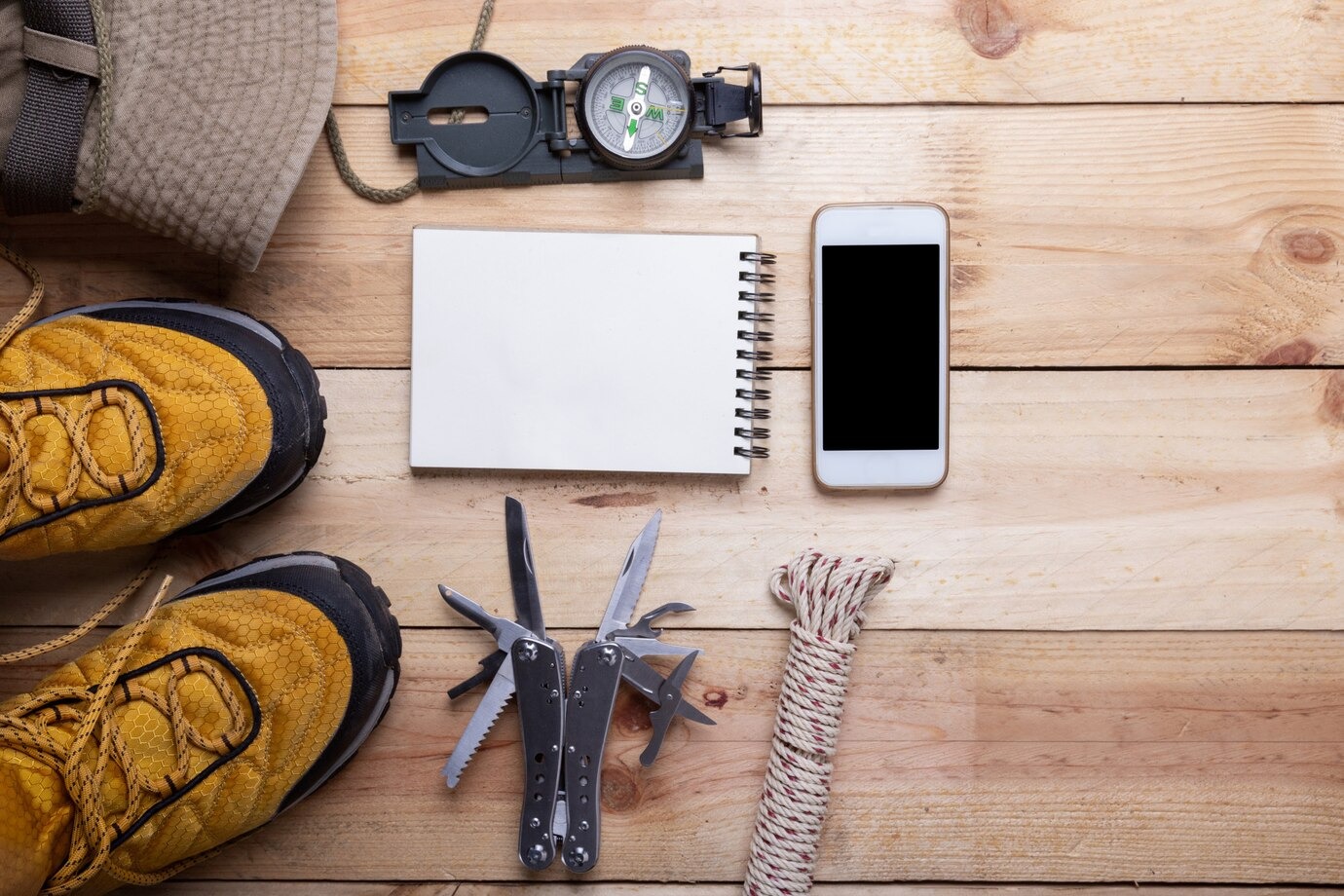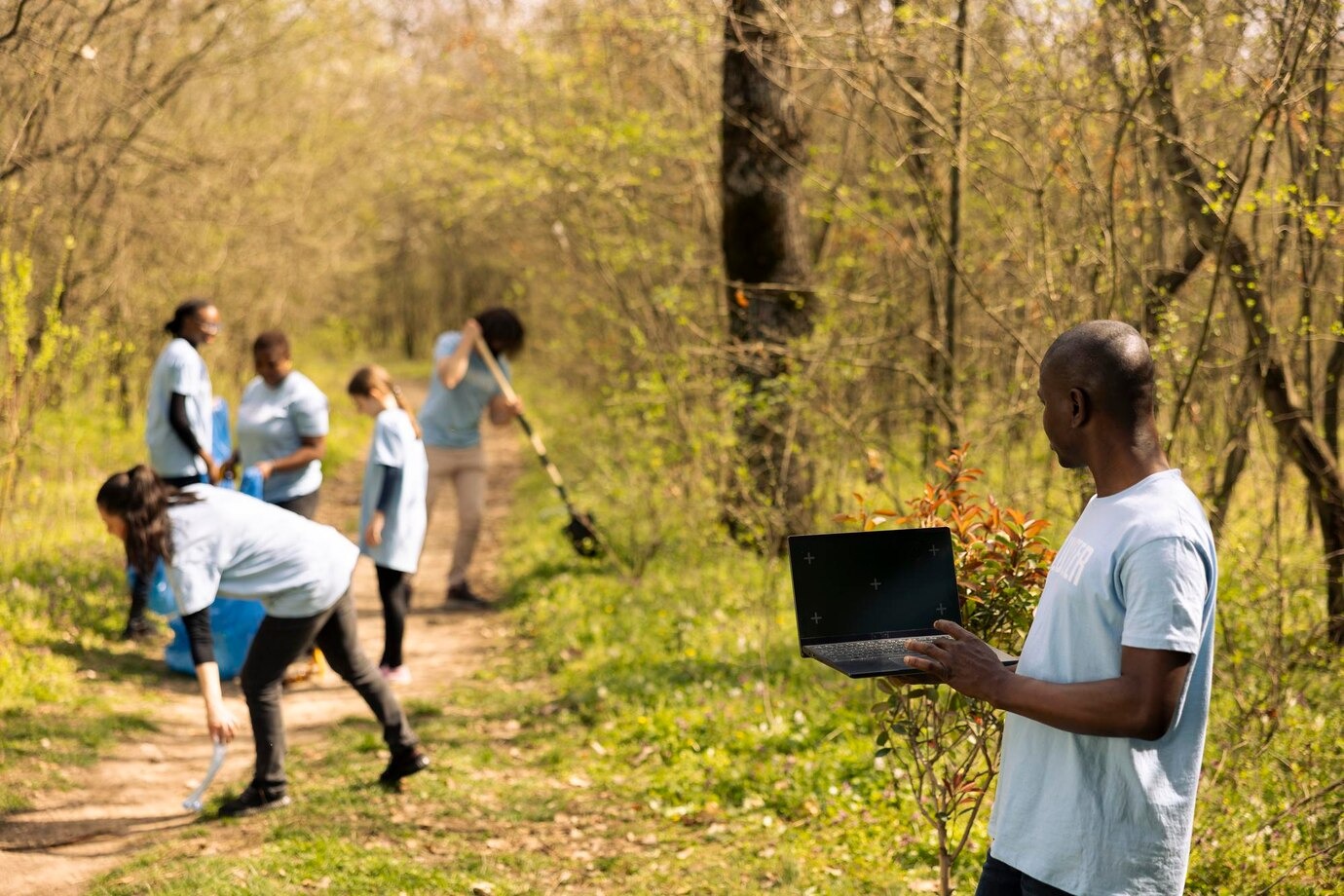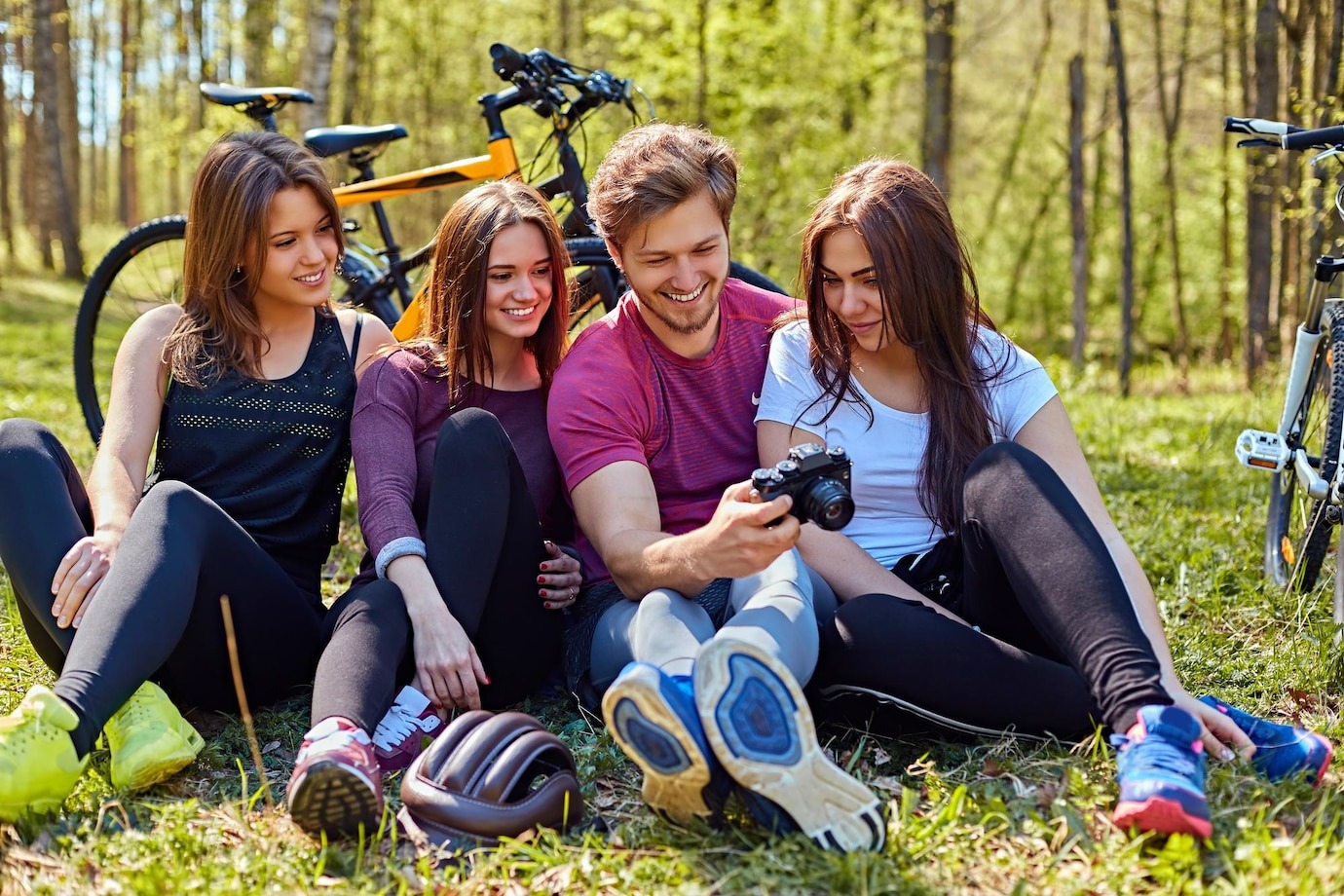The outdoor industry is transforming rapidly, driven by shifts in consumer priorities, advances in technology, and an increasing focus on environmental responsibility.
By 2025, these changes will have a profound impact on outdoor activities, products, and the way people engage with nature. This article explores 11 major trends shaping the future of this dynamic industry.
1. Sustainability Leading Product Innovation
Companies are investing in eco-friendly production methods, using materials like recycled plastics, biodegradable fabrics, and renewable resources. This movement reflects growing consumer demand for environmentally conscious products.
A major aspect of sustainability is the rise of modular designs, where gear can be repaired or upgraded, extending its lifespan and reducing waste. Many brands now offer buy-back programs, encouraging consumers to return used items for recycling.
One example includes the introduction of reusable table covers made from sustainable fabrics, a practical yet eco-friendly option for outdoor gatherings. Although table covers are a natural addition, they are just one part of the broader trend toward reducing environmental impact across all product categories.
2. Growth of Adventure-Based Wellness

Adventure-based wellness is gaining momentum, blending activities with physical and mental health benefits. Experiences such as forest bathing, yoga, and guided meditation hikes are drawing attention from those seeking both recreation and rejuvenation.
The concept of wellness retreats has expanded to include immersive outdoor activities like multi-day hiking trips, nature-inspired therapies, and holistic workshops. These offerings cater to individuals looking for meaningful experiences that combine fitness, relaxation, and personal growth.
By 2025, adventure-based wellness will solidify its position as a significant trend, influencing how people view activities as part of their overall well-being.
3. Technology Revolutionizing Outdoor Gear
Technological advancements are transforming equipment and experiences. Smart wearables, such as GPS-enabled watches and fitness trackers, are becoming essential tools for hikers and climbers. These devices provide real-time data on performance, elevation, and weather, enhancing both safety and convenience.
Augmented reality apps are offering new ways to explore trails, providing live navigation and ecological insights. Smart textiles that regulate body temperature or provide UV protection are also on the rise, improving comfort and functionality.
Drones are increasingly used to capture breathtaking views of remote landscapes, allowing adventurers to document their journeys like never before. This integration of technology is revolutionizing how people interact with the outdoors.
4. Urban Green Spaces and Accessibility
Urban green spaces are being reimagined to meet the needs of city dwellers. Rooftop gardens, pocket parks, and urban hiking trails are examples of how urban areas are adapting to provide nature experiences within metropolitan environments. These spaces make outdoor activities more accessible, especially for individuals with limited time or mobility.
Efforts are also being made to ensure inclusivity in urban outdoor areas, with designs that cater to people of all ages and abilities. Adaptive equipment, such as wheelchairs designed for hiking, is becoming more common, further promoting accessibility for all.
5. Multi-Functional Gear for Versatility

Consumers are increasingly seeking multi-functional gear that serves a variety of purposes. Jackets with removable linings, backpacks that double as organizers, and sleeping bags that convert into blankets are becoming popular. These items cater to individuals looking to simplify their gear while maintaining flexibility.
The trend reflects a shift toward minimalist lifestyles and a focus on reducing waste. By 2025, products that seamlessly transition between outdoor use and daily life will dominate the market, offering both practicality and versatility.
6. Experiential Retail Transforming Shopping
Retailers are moving toward experiential models to attract and engage customers. Stores now feature interactive environments, such as indoor climbing walls, artificial hiking trails, and virtual reality setups. These innovations allow shoppers to test products in simulated outdoor conditions.
Brands are also hosting pop-up shops and demonstrations at outdoor events, fostering direct connections with consumers. This hands-on approach builds trust and encourages informed purchasing decisions, reshaping the way people shop for outdoor gear.
7. Inclusivity and Representation in Outdoor Activities
The outdoor industry is making strides toward greater inclusivity by addressing barriers to participation. Companies are expanding size ranges for clothing, creating adaptive equipment for individuals with disabilities, and showcasing diverse role models in advertising campaigns.
Initiatives promoting equity, such as grants for underrepresented communities and scholarships for outdoor education programs, are helping to create a more welcoming environment. By 2025, inclusivity will be a defining feature of the outdoor industry, ensuring that everyone feels represented and empowered to explore nature.
8. Eco-Tourism and Sustainable Travel
Eco-tourism is experiencing rapid growth as travelers prioritize sustainable and immersive experiences. Destinations are implementing practices like visitor limits, leave-no-trace education, and partnerships with conservation organizations to preserve natural and cultural heritage.
Guided eco-tours that emphasize education and community engagement are gaining popularity. Travelers are also showing interest in carbon offset programs and wildlife conservation efforts, reflecting a shift toward responsible travel.
9. Rise of Micro-Adventures
Micro-adventures, or short, accessible outdoor trips, are becoming a significant trend. These excursions allow individuals to experience nature without the time or cost associated with long vacations. Examples include overnight camping trips, local hikes, and quick visits to nearby nature reserves.
Social media has played a major role in promoting micro-adventures, with influencers showcasing creative and budget-friendly ways to connect with nature. By 2025, micro-adventures will be a cornerstone of outdoor experiences, appealing to a wide range of participants.
10. Outdoor Education and Skill Building

Outdoor education is gaining momentum as people seek to deepen their connection to nature. Programs teaching wilderness survival, foraging, and environmental conservation are becoming increasingly popular. Workshops and retreats focused on skill-building offer opportunities for hands-on learning in scenic outdoor settings.
Brands are partnering with educators to create resources that inspire and empower individuals to explore nature responsibly. Outdoor education will continue to grow as a vital part of the industry, fostering a deeper appreciation for the environment.
11. Expansion of Renewable Energy in Outdoor Gear
Renewable energy is playing a larger role in outdoor adventures. Portable solar panels, wind-powered chargers, and energy-efficient appliances are becoming standard for campers and hikers. These innovations allow adventurers to stay connected while minimizing their environmental impact.
Many companies are also adopting renewable energy in their manufacturing processes, aligning with consumer values and promoting sustainability across the industry.
This shift ensures that outdoor experiences remain environmentally conscious and forward-thinking.
Closing Thoughts
The outdoor industry is evolving in response to consumer demands, technological progress, and a growing emphasis on sustainability.
These 11 trends highlight the ways in which outdoor activities and products will change by 2025, offering more inclusive, accessible, and environmentally responsible experiences.
By embracing these trends, the outdoor industry is fostering a deeper connection between people and nature, paving the way for a more innovative and sustainable future.

